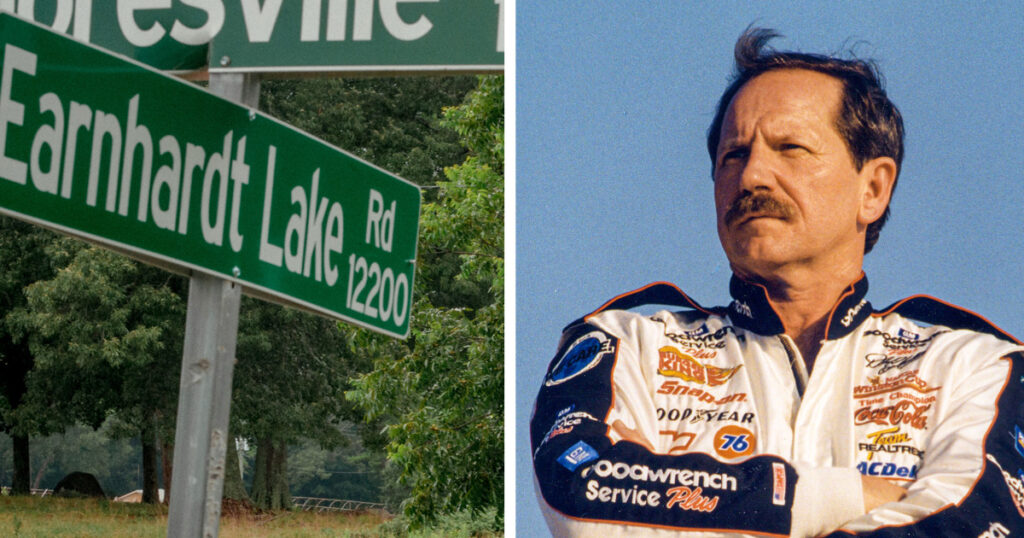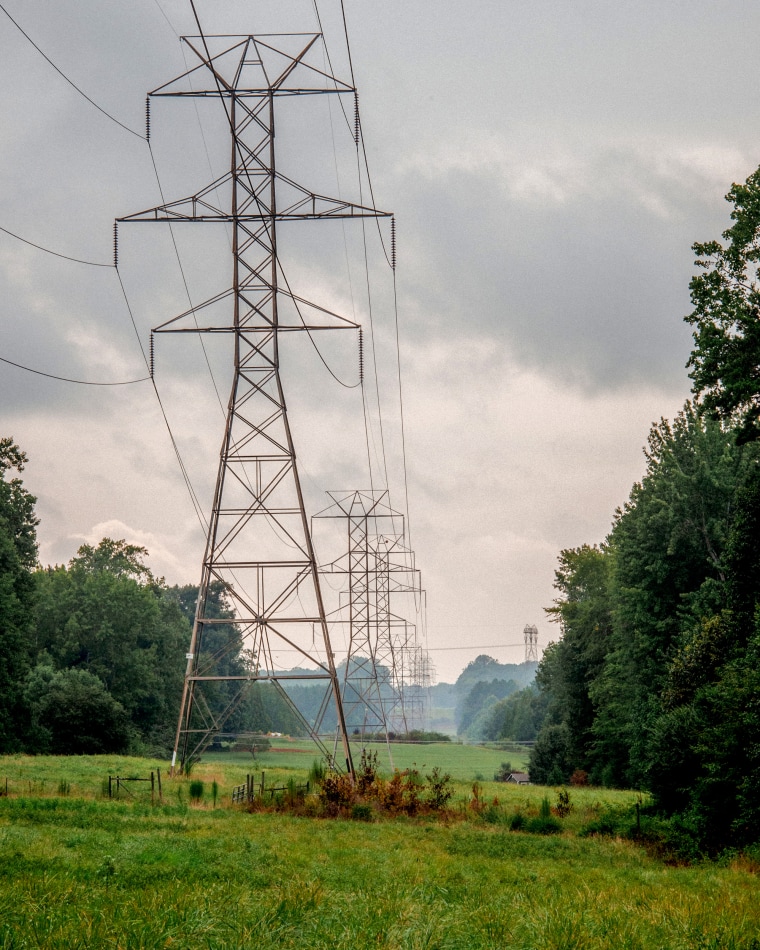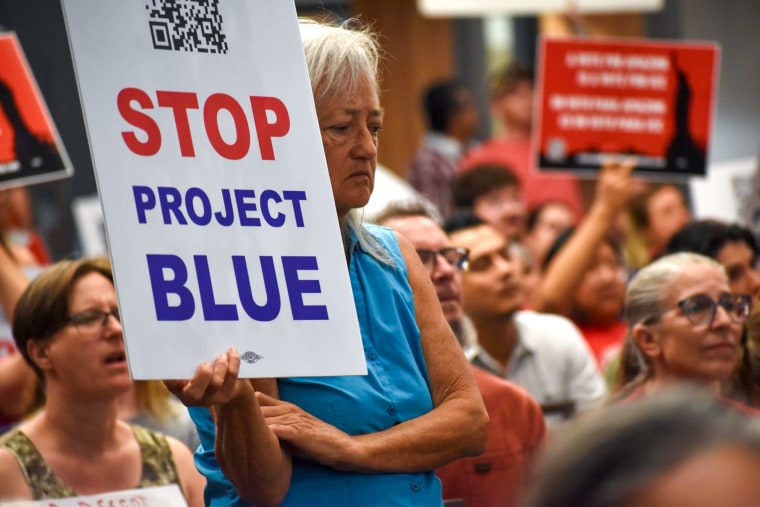
Representatives for Tract have glowingly pitched the project to residents, saying the center will be “a good neighbor” while generating hundreds of millions of dollars for the local government.
Earnhardt family disputes aside, the fight in Mooresville echoes similar debates across the country as communities grapple with the potential economic benefits and environmental downsides of giant data centers that are swallowing land and resources to feed America’s insatiable demand for computing power.
Crowds of people have packed meetings from Arizona to Alabama to express fears that these projects could overtax the electric grid, pollute the water and air, and generally disrupt their rural peace with hulking structures emitting a high-tech hum. Supporters, who often include local officials and business development groups, pitch the data centers as a way to infuse economic opportunity and tax revenue into struggling areas and make good use of land that would otherwise sit vacant.
The White House is also praising the projects amid the country’s artificial intelligence race against China. In July, President Donald Trump signed an executive order to fast-track federal permitting for data centers.

There are already more than 5,400 data centers across the U.S., with many more on the way. The consulting company McKinsey said in April that it forecasts roughly $7 trillion in global spending on data centers in the next five years, sparked in large part by demand for processing power to meet the needs of tech companies racing to build and develop advanced artificial intelligence systems.
Data centers, often massive buildings dedicated to housing computing and data storage capacity, can strain local power and water resources. A study by the Environmental and Energy Study Institute found that large data centers can consume up to 5 million gallons of water per day.
While tech companies’ need for data centers is only growing, opponents of these projects have begun making headway in stopping them. In Arizona, the Tucson City Council on Wednesday voted against Amazon’s Project Blue data center, worried that it would raise utility costs. In Oldham County, Kentucky, a data center developer pulled out of a project last month and the county’s fiscal court passed a moratorium on data centers after community pushback over environmental concerns.
Data Center Watch, a group funded by AI firm 10a Labs that tracks local opposition, found in May that $64 billion in data center developments in the U.S. had been blocked or delayed in the previous year.
“The volume, speed, and effectiveness of local opposition are reshaping the landscape of political risks for the data center industry,” Data Center Watch said in a statement to NBC News.

Wendy Reigel, an activist in Chesterton, Indiana, routinely gives advice to other communities fighting data centers after she started a successful movement against a $1.3 billion project in her town last year. She tells those who ask for her help that developers often present the centers as a done deal, but that isn’t the case.
“In the end, people need hope,” she said, “and then they need information, and then they got to work their rear ends off.”
That’s what the organizers in Mooresville have been doing. About 200 people crowded a Board of Commissioners meeting last Monday, many wearing red T-shirts to signal their opposition to the project. All 10 people who spoke at the meeting raised concerns, questioning Tract’s promises about jobs and worrying about the center’s demand for water in a drought-prone region.
“Does a data center belong in the middle of a thriving rural residential community?” Kerry Pennell, who lives near the proposed site, said afterward. She helped distribute about 170 “No Data Center” lawn signs that now dot the surrounding roads. “I don’t want an industrial wasteland a mile from my house,” she said. “I can hear crickets at night.”
 Latest World Breaking News Online News Portal
Latest World Breaking News Online News Portal






